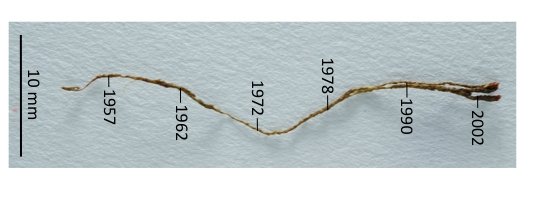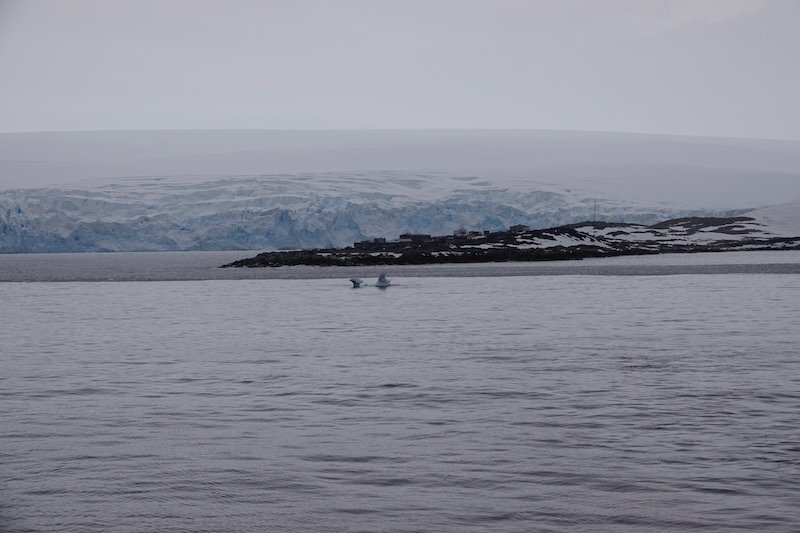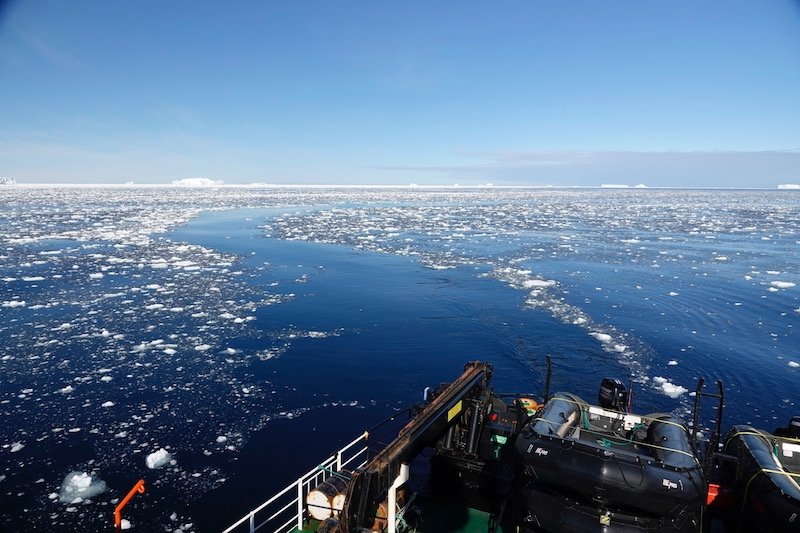Items filtered by date: Saturday, 09 February 2019
Homeward Bound 7 - Palmer, peatmoss and politics
We were booked to go ashore at Palmer Station, the American base on Anvers Island, on the 9thJan, but the brashy, sea ice had blown in around the station making it too risky for the Ushuaia staff to take zodiacs in. So about 10 expeditioners from Palmer come aboard the ship to tell us about the science that is happening on the base.
I am really happy to see that one of my colleagues from the US Dr Zicheng Yu(Zic) from Lehigh University, is one of those researchers. Like my group, Zic is using stable isotopes of carbon, and also oxygen, to understand how plant growth is affected by climate change in Antarctica. Specifically, Zic is a paleoecologist and works with peat mosses. These are mosses that have been growing for thousands of years in wet, boggy sites and the older mosses become compressed and peaty as the plants above press down. The wetness helps to preserve the moss which means it can contain climate records that go back for thousands of years. Zic has sampled such mosses from Patagonia and is interested in how far South the peat mosses extend. The Antarctic mosses we work with are younger, hundreds, rather than thousands of years old, but we are working with individual plants, not peat. In peat there can be layers and layers of different mosses and even grasses and other plants as you delve down into the core. Our individual plants are only a few centimeters tall whereas peat cores can be meters deep. It’s all a matter of scale. In East Antarctica the mosses grow a few millimeters each year, whereas on the peninsula they might grow a whole centimeter in a year!
 Zic and I last met at the SCAR Open Science meeting in Davos in June, when Dr Melinda Waterman and I spoke at the same session as him. Zic tells everyone on the ship about the work that we are doing on Antarctic moss which is great visibility for me! He also has a University research position in China and so I introduce him to the Chinese HB3 team.
Zic and I last met at the SCAR Open Science meeting in Davos in June, when Dr Melinda Waterman and I spoke at the same session as him. Zic tells everyone on the ship about the work that we are doing on Antarctic moss which is great visibility for me! He also has a University research position in China and so I introduce him to the Chinese HB3 team.
After the formal session we go onto the front deck for photographs and also get to talk to the Palmer staff. It’s really nice to meet a range of expeditioners including scientists and the staff who keep the station running and support the researchers on the base.
All the expeditioners at Palmer were affected by the US Government Shutdown. Staff employed by the government were working for no pay and having trouble ordering supplies for the station for the coming season. Some of the scientists cannot get to their sites to do research, because the public servants in the US who prepare the permits are on furlough and can’t process the permits. This is such a waste of everyone’s time and is ultimately a waste of the NSF grant money. I am hoping that some of this has resolved since we got back and Zic and his colleagues got their work done. Lets hope the rest of the season is productive for them all.
Palmer is part of the Long-Term Ecological Research (LTER) Network with a study area extending North and South of Palmer from the coast to several hundred kilometers to the west side of the Antarctic Peninsula.



